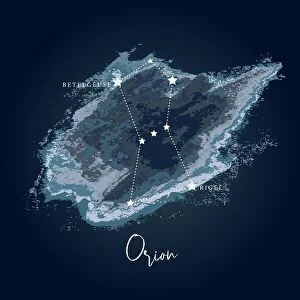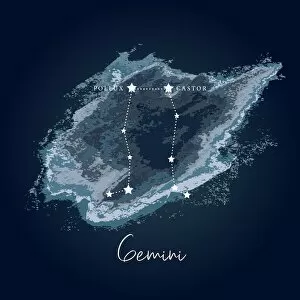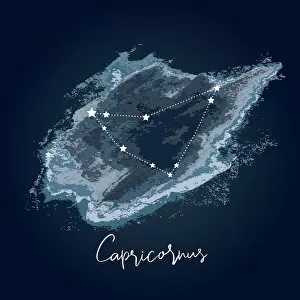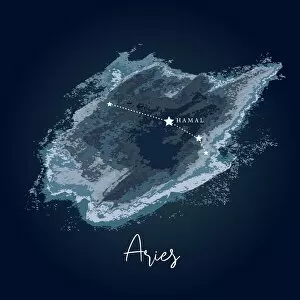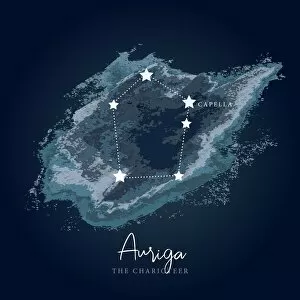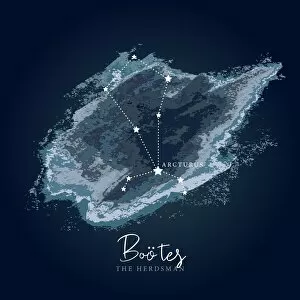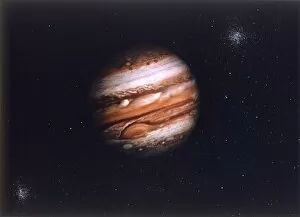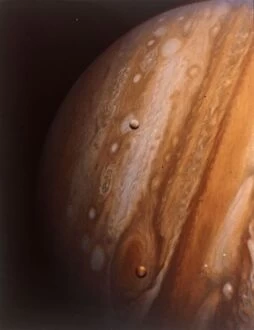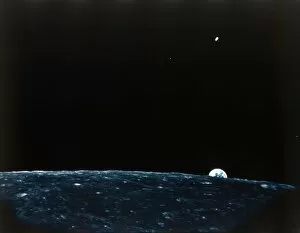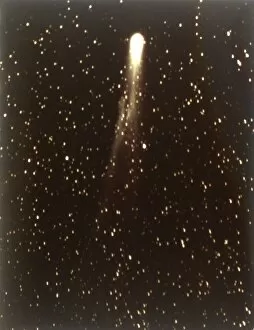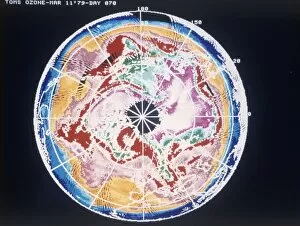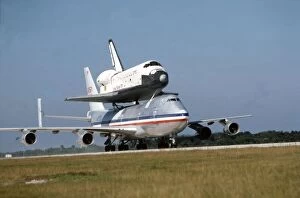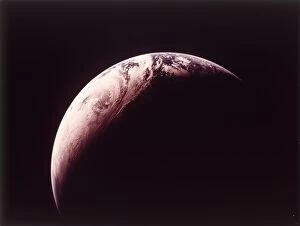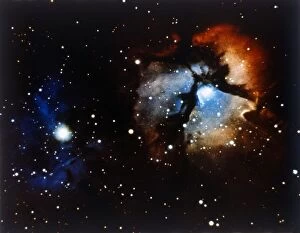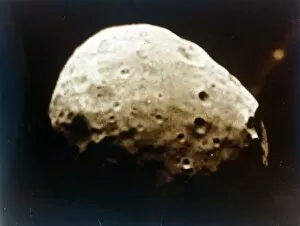Space Exploration Collection (page 9)
"Embarking on a celestial journey, space exploration unveils the mysteries of the universe
All Professionally Made to Order for Quick Shipping
"Embarking on a celestial journey, space exploration unveils the mysteries of the universe. 🚀✨ With astronomy as our guide, we strive to find balance between Earth and the vastness beyond. The drama unfolds as we witness eternal wonders that defy comprehension. From everlasting galaxies like the majestic Sombrero Galaxy to gaseous pillars captured by Hubble Space Telescope, each discovery leaves us in awe. In 1969, APOLLO 11 marked a historic moment when Buzz Aldrin stood on the moon's surface, reflecting Neil Armstrong and Eagle in his visor—a testament to human achievement. The diagram of Ariane 5 rocket showcases our relentless pursuit of reaching new heights while maintaining meticulous engineering precision. The Curiosity rover roams Mars' desolate terrain with an artistic touch, capturing its surroundings through stunning artwork. Meanwhile, Saturn 5 stands mid-air—an illustration of American ingenuity propelling us towards unimaginable frontiers. As NASA's space shuttles launch into orbit with thunderous power, they carry dreams and aspirations for mankind's future among the stars. Skylab gracefully orbits above Earth at the end of its mission—reminding us that even in space, time moves forward. Cassini spacecraft explores Saturn and Titan from close quarters—a daring endeavor expanding our knowledge about distant worlds. Gemini 7 glides effortlessly through Earth's orbit—a symbol of humanity's quest for understanding beyond our own planet. A gateway to eternity—an endless voyage where every step brings us closer to unraveling cosmic enigmas. It beckons us to embrace both the known and unknown—the globe itself becoming smaller as we venture further into uncharted territories. " (Note.


